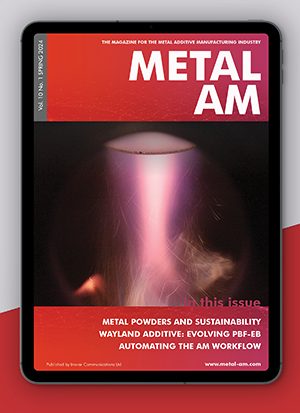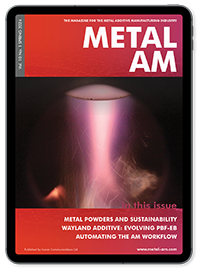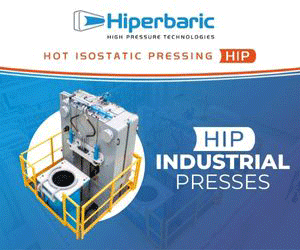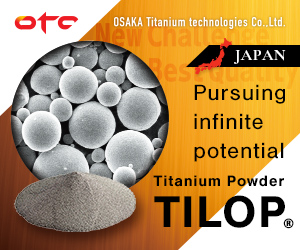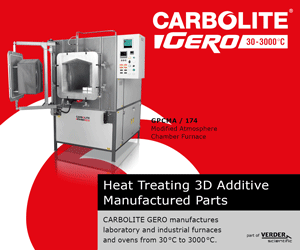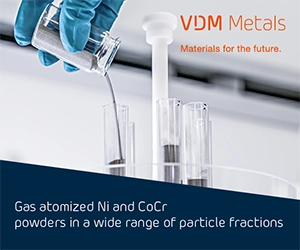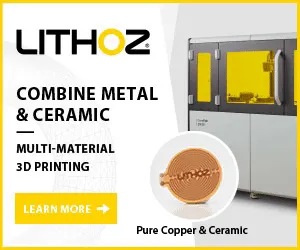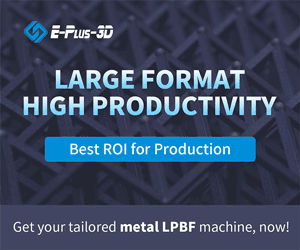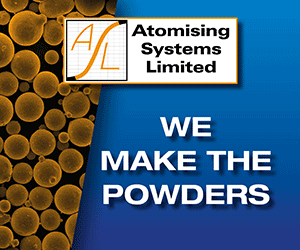What post-processing is needed in metal Additive Manufacturing?
Post-processing is a significant component of the total AM product lifecycle and can represent significant cost and logistics challenges for metal AM producers. Typical considerations in post-processing for metal 3D printing include powder removal, stress relieving, removal from the build plate, support structure removal, surface finishing, and additional treatments to improve properties, such as heat treatment or Hot Isostatic Pressing (HIP).
The extent of post-processing will depend entirely on the application of the part in question. At a minimum, all metal parts will require some post-build clean-up. Powder removal, in particular, is a vital step in post-processing for metal AM, as loose powder may be an unacceptable artefact of Additive Manufacturing processes and can interfere with the downstream use of a part, such as in a fluid handling application. Powder can also be solidified during heat treatment processes and cause blockages; for example, in small internal channels.
The more intricate and complex the AM part is, the more difficulty there is in extracting loose powder; accordingly, there are now several post-processing solutions on the market. Interestingly these are not solutions provided by metal AM OEMs, but rather post-processing-specific companies.
Surface finishing requirements can be dictated by the application; for example, in instances where heat exchange, fluids handling, or even just aesthetic appearance are important. For this, basic post-processing techniques such as rumbling (movement around a barrel of grinding media) can be used. However, fine or fragile features can be susceptible to breakage or reduction in area, so it’s important to consider the part geometry and design in the post-processing regime.
More advanced post-processing includes machining, shot peening or isotropic polishing to enhance surface finish. The limitation here, however, is that these are primarily line-of-sight techniques that cannot access internal channels and cavities. For internal access, techniques such as abrasive flow machining and electropolishing are required.
Thermal processes such as stress relieving, more advanced heat treatments, and Hot Isostatic Pressing are all designed to alter an additively manufactured part’s final properties. The decision as to what process to undertake will depend primarily on the alloy that is processed, the part’s end use, and the properties expected by the customer.
Stress relief is used for alloys where the thermal cycling during the build has led to a propensity for distortion upon removal from the build plate. A more comprehensive heat treatment is typically used for precipitation-hardenable alloys, such as some aluminium alloys and steel alloys, or to homogenise the microstructure. Hot Isostatic Pressing is a thermal process combined with a high-pressure process and will provide homogenisation of the microstructure as well as a reduction of pores, hence providing densification of parts.
> Next page: Properties and standards for metal Additively Manufactured parts
Download Metal AM magazine
